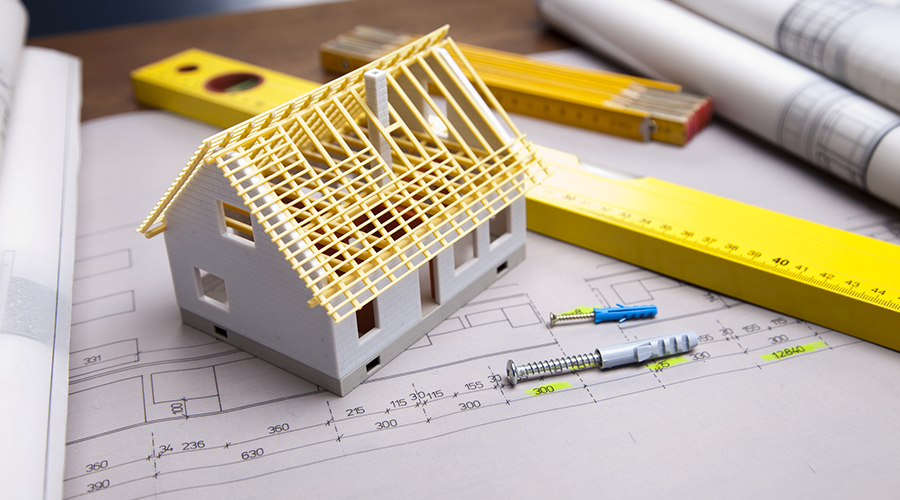Now more than ever, beautiful alternatives that are more eco-friendly than traditional home building materials are available. Doing your part for the environment is easier than ever!
Cork
Cork is also a material that deserves to be used in homes. It qualifies eco-friendly since it can be harvested from trees without damaging them. It can be used as flooring, subflooring or as insulation. It is sustainable, lightweight, and easy to install. It can be used in different types of homes, regardless of its design since it matches virtually all materials.
Rice
When growing rice, the residues are often burned, causing pollution. Fortunately, it is now possible to use the residue of rice cultivation to make medium-density fiberboard (MDF), which can help reduce its impact on the environment. This type of panel offers proper resistant to mold, fire and treatments such as dyeing. It does not require the use of toxic and carcinogenic formaldehyde glue as wood panels do. These materials are perfect for furniture, kitchen and bathroom cabinets, window and door frames, moldings, acoustic panels, interior doors, and flooring. In addition, rice straw is less expensive than wood!
Recycled Paper
It is easy to create stone imitation using recycled paper that has been heated and compressed. The end result is very similar, but softer to the touch and less rigid. This eco-friendly option is also very affordable. It is a durable, waterproof material that can be used both outdoors and indoors. It is also impressively light!
Recycled Steel
Rebuilding part of your home’s structure? Think about using recycled steel, a great alternative to wooden beams. It is also more durable. It is a versatile and eco-friendly material that frees up a lot of space in landfills since a steel structure usually requires the use of the equivalent of six car carcasses.
Hemp
Hemp is a very durable material that renews itself quickly as it goes from seed to harvest in less than 120 days. Not only does it reduce greenhouse gas emissions, but it can also trap them. Hemp-based materials are non-toxic, and the cultivation of the plant requires no herbicides or pesticides. Lightweight, durable, easy to work with and solid, hemp can be used for finishing, molding, cabinets, shelves, furniture, tables and countertops. Need good insulation? Hemp concrete is also perfect!
When it comes to construction and ecology, innovations are constant. Are you looking forward to seeing all the materials that our homes will be made of in the future?



